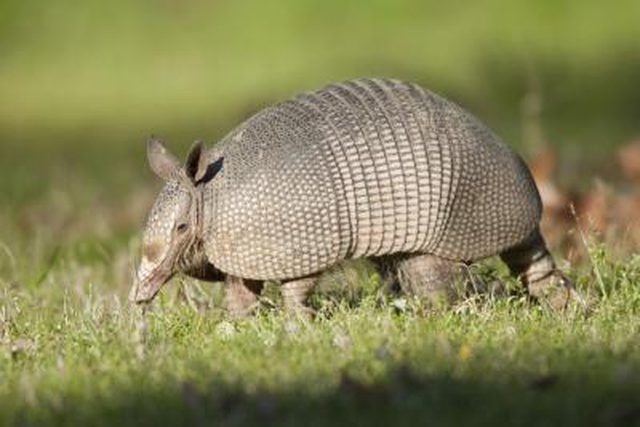Bulbs
Flower Basics
Flower Beds & Specialty Gardens
Flower Garden
Garden Furniture
Garden Gnomes
Garden Seeds
Garden Sheds
Garden Statues
Garden Tools & Supplies
Gardening Basics
Green & Organic
Groundcovers & Vines
Growing Annuals
Growing Basil
Growing Beans
Growing Berries
Growing Blueberries
Growing Cactus
Growing Corn
Growing Cotton
Growing Edibles
Growing Flowers
Growing Garlic
Growing Grapes
Growing Grass
Growing Herbs
Growing Jasmine
Growing Mint
Growing Mushrooms
Orchids
Growing Peanuts
Growing Perennials
Growing Plants
Growing Rosemary
Growing Roses
Growing Strawberries
Growing Sunflowers
Growing Thyme
Growing Tomatoes
Growing Tulips
Growing Vegetables
Herb Basics
Herb Garden
Indoor Growing
Landscaping Basics
Landscaping Patios
Landscaping Plants
Landscaping Shrubs
Landscaping Trees
Landscaping Walks & Pathways
Lawn Basics
Lawn Maintenance
Lawn Mowers
Lawn Ornaments
Lawn Planting
Lawn Tools
Outdoor Growing
Overall Landscape Planning
Pests, Weeds & Problems
Plant Basics
Rock Garden
Rose Garden
Shrubs
Soil
Specialty Gardens
Trees
Vegetable Garden
Yard Maintenance
How to Trap Armadillos
How to Trap Armadillos. Armadillos are considered lawn and garden pests because of the damage they cause while searching for food. From livestock injuries to crop damage, the armadillo can leave a path of destruction in its wake. If you have spotted one or more armadillos and feel that they need to be removed, these humane trapping tips will help...

Armadillos are considered lawn and garden pests because of the damage they cause while searching for food. From livestock injuries to crop damage, the armadillo can leave a path of destruction in its wake. If you have spotted one or more armadillos and feel that they need to be removed, these humane trapping tips will help you get the job done.
Choose a Trap
According to Dr. Russell F. Mizell, III of Florida State University, the best trap to catch an armadillo is a small garden pest trap measuring about 7 x 7 x 24 inches. Using a relatively small trap reduces the armadillo's chances of escape; a larger trap will give him more room to maneuver and use his powerful legs and claws to escape.
Examine the Habitat
Armadillos are wily creatures that can be difficult to catch, according to experts at the University of Missouri Extension. Since armadillos range all over the ground, are not repelled by fences and can even climb trees, examining your local habitat is key to positioning your trap and selecting bait. Observe the yard or garden to determine where the most damage is occurring and to see if there is a particular food the armadillo enjoys. Use this information to decide where to place your trap and what kind of bait to use.
Select Bait
Choose a bait for your trap that has a strong odor and is appealing to armadillos. Armadillos have very poor eyesight but an excellent sense of smell. Select a stinky bait that exploits this characteristic and you are more likely to be successful. From rotting meat to earthworms and overly ripe fruit, if it has a strong odor and appeals to an omnivore, the armadillo will go for it.
Set your Trap
Place the trap in the location that has the most damage; follow the manufacturer's directions to add the bait. Push the bait to the back of the trap to ensure that the armadillo fully enters the cage and triggers the trap door. Set the trap at night and check it in the morning. It may take a few nights, and you may lose some bait, but eventually you will trap the armadillo and be able to safely dispose of or remove him.
Considerations
It is rare to have a single armadillo; set the trap a few times and make sure all armadillos have been removed from your yard. The bait that appeals to armadillos may attract other animals; release other wildlife with caution and choose a fruit-based bait if you seem to be catching all of the neighborhood cats. Follow your local laws regarding the relocation or disposal of the armadillos you catch.